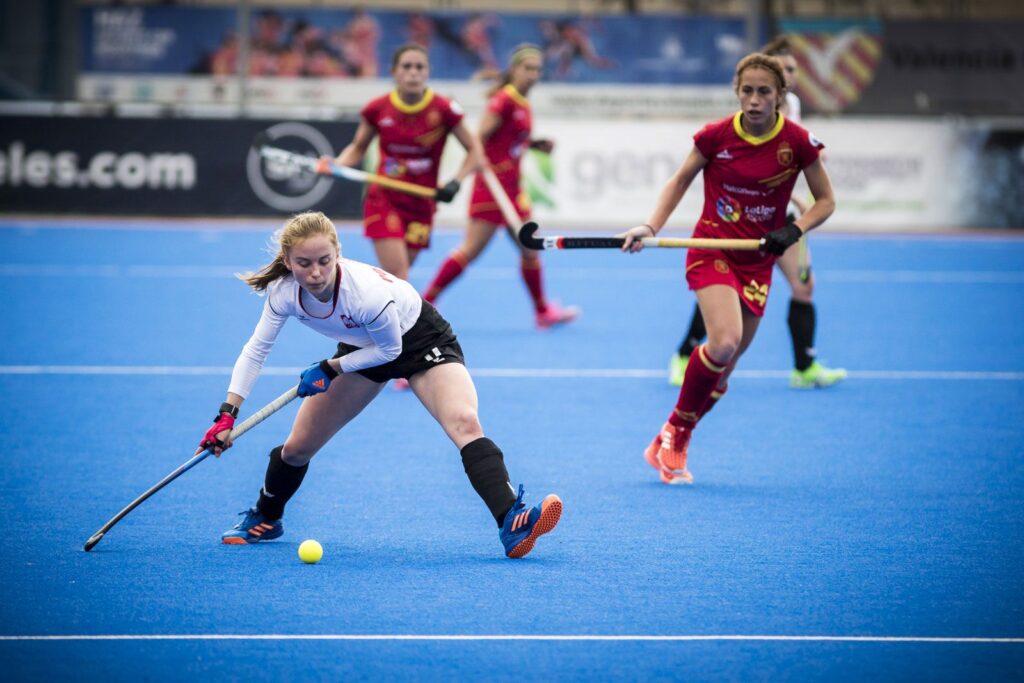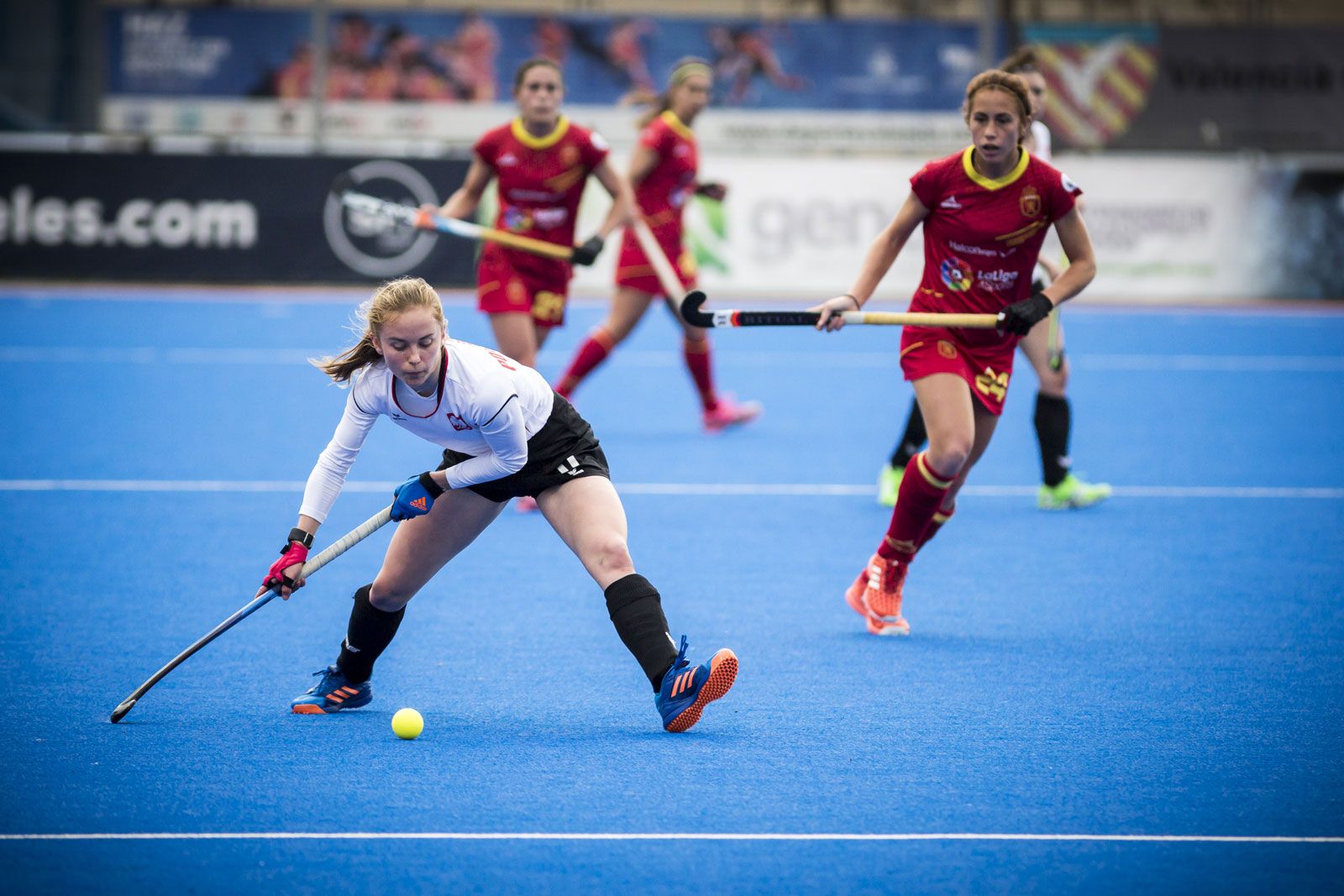
Field Hockey: A Comprehensive Guide to the Sport
Field hockey, a dynamic and strategic team sport played on a rectangular field, has captivated audiences and athletes alike for centuries. This guide delves into the intricacies of field hockey, exploring its history, rules, equipment, techniques, and the global landscape of the game. Whether you’re a seasoned player, a curious spectator, or simply looking to expand your knowledge of sports, this comprehensive overview will provide a thorough understanding of field hockey.
A Brief History of Field Hockey
The origins of field hockey can be traced back thousands of years, with evidence of similar stick-and-ball games found in ancient civilizations like Egypt, Persia, and Greece. However, the modern form of field hockey as we know it today emerged in England during the 19th century. The first field hockey club was founded in 1849, and the sport quickly gained popularity in schools and universities. The Hockey Association was formed in 1886, standardizing the rules of the game.
Field hockey made its Olympic debut at the 1908 London Games, and women’s field hockey was added to the Olympic program in 1980. Today, field hockey is played in over 100 countries and is governed by the International Hockey Federation (FIH).
The Rules of the Game
Field hockey is played between two teams of 11 players each, with the objective of scoring by hitting a hard, plastic ball into the opposing team’s goal using a hockey stick. The game is typically played on a grass or synthetic turf field. Here are some of the fundamental rules:
- Gameplay: Players can only use the flat side of the stick to hit the ball. The ball cannot be kicked or touched with any part of the body except for the goalkeeper, who can use their entire body within the designated circle.
- Fouls: Common fouls include obstruction (preventing an opponent from playing the ball), stick interference (hitting an opponent’s stick), and dangerous play (raising the stick in a way that could endanger another player).
- Penalty Corner: A penalty corner is awarded to the attacking team when a foul is committed by the defending team inside their own circle or for a deliberate foul within the 25-yard area.
- Penalty Stroke: A penalty stroke is awarded when a foul is committed by the defending team that prevents a probable goal from being scored.
- Offside: The offside rule, once a significant aspect of the game, was abolished in 1996 to promote a more attacking style of play.
Essential Field Hockey Equipment
Proper equipment is crucial for both safety and performance in field hockey. Key equipment includes:
- Hockey Stick: Field hockey sticks are typically made of wood, fiberglass, or carbon fiber. The stick has a curved head and must conform to specific size and weight regulations.
- Shin Guards: Shin guards are essential for protecting the lower legs from impact.
- Mouthguard: A mouthguard is crucial for protecting the teeth and jaw from injury.
- Shoes: Specialized field hockey shoes provide good traction and support on the playing surface.
- Goalkeeper Equipment: Goalkeepers wear extensive protective gear, including a helmet, chest protector, leg guards, and gloves.
Basic Field Hockey Techniques
Mastering fundamental techniques is essential for success in field hockey. Some key techniques include:
- Dribbling: Dribbling involves controlling the ball while moving, using short, controlled taps to keep the ball close to the stick.
- Passing: Accurate passing is crucial for moving the ball effectively around the field. Common passing techniques include the push pass, slap pass, and hit.
- Shooting: Shooting involves striking the ball with force and accuracy towards the goal.
- Tackling: Tackling is the act of dispossessing an opponent of the ball. Common tackling techniques include the jab tackle and the block tackle.
- Defensive Positioning: Effective defensive positioning is crucial for preventing the opposing team from scoring.
Advanced Strategies and Tactics
Beyond basic techniques, successful field hockey teams employ a range of advanced strategies and tactics, including:
- Formation: Teams use various formations to optimize their attack and defense. Common formations include the 4-3-3, 3-4-3, and 5-3-2.
- Pressing: Pressing involves applying pressure to the opposing team in their own half of the field to win back possession.
- Set Pieces: Set pieces, such as penalty corners and free hits, provide opportunities to score goals.
- Transitions: Effective transitions from defense to attack and vice versa are crucial for maintaining momentum.
The Global Landscape of Field Hockey
Field hockey is a global sport, with strong followings in Europe, Asia, Oceania, and South America. Some of the leading field hockey nations include the Netherlands, Germany, Australia, Argentina, and India. The sport is governed internationally by the International Hockey Federation (FIH), which organizes major tournaments such as the World Cup and the Champions Trophy.
The Netherlands and Germany have consistently been powerhouses in European field hockey. Australia has a strong tradition, particularly in the men’s game. Argentina’s women’s team, known as Las Leonas, has been a dominant force for years. India, with its rich sporting history, continues to make strides in field hockey. The sport’s global reach continues to expand, with emerging nations increasingly challenging the established powers. [See also: History of Hockey]
The Future of Field Hockey
Field hockey continues to evolve, with ongoing efforts to make the game more exciting and accessible. Innovations in equipment, rule changes aimed at promoting attacking play, and increased media coverage are all contributing to the sport’s growth. The FIH is actively working to develop field hockey in new regions and to increase participation at all levels.
The use of technology is also playing an increasingly important role in field hockey. Video analysis is used to improve player performance, and instant replay is used to assist with officiating. The increasing popularity of social media is also helping to connect fans and players around the world. The future of field hockey looks bright, with the sport poised for continued growth and innovation. Field hockey’s appeal lies in its blend of athleticism, strategy, and teamwork, making it a captivating spectacle for both participants and spectators.
In conclusion, field hockey is a complex and rewarding sport with a rich history and a bright future. From its ancient origins to its modern form, field hockey has evolved into a dynamic and strategic game that requires skill, athleticism, and teamwork. Whether you’re a seasoned player, a casual fan, or simply curious about the sport, this guide provides a comprehensive overview of field hockey and its place in the global sporting landscape. The sport continues to grow in popularity, promising an exciting future for field hockey enthusiasts worldwide. Understanding the nuances of field hockey, from its rules and equipment to its techniques and strategies, enhances appreciation for the sport and its players. The ongoing evolution of field hockey ensures its continued relevance and appeal in the ever-changing world of sports.
The excitement of a field hockey match comes from the quick transitions, skillful dribbling, and strategic plays that unfold on the field. Each game is a test of endurance, precision, and mental fortitude, demanding the best from every player. As field hockey continues to evolve, its core values of teamwork, sportsmanship, and dedication remain constant, making it a sport that inspires and unites people across cultures and continents. The global community of field hockey enthusiasts continues to grow, fueled by a shared passion for the game and a commitment to its future development. This comprehensive guide serves as a testament to the enduring appeal and significance of field hockey in the world of sports.

